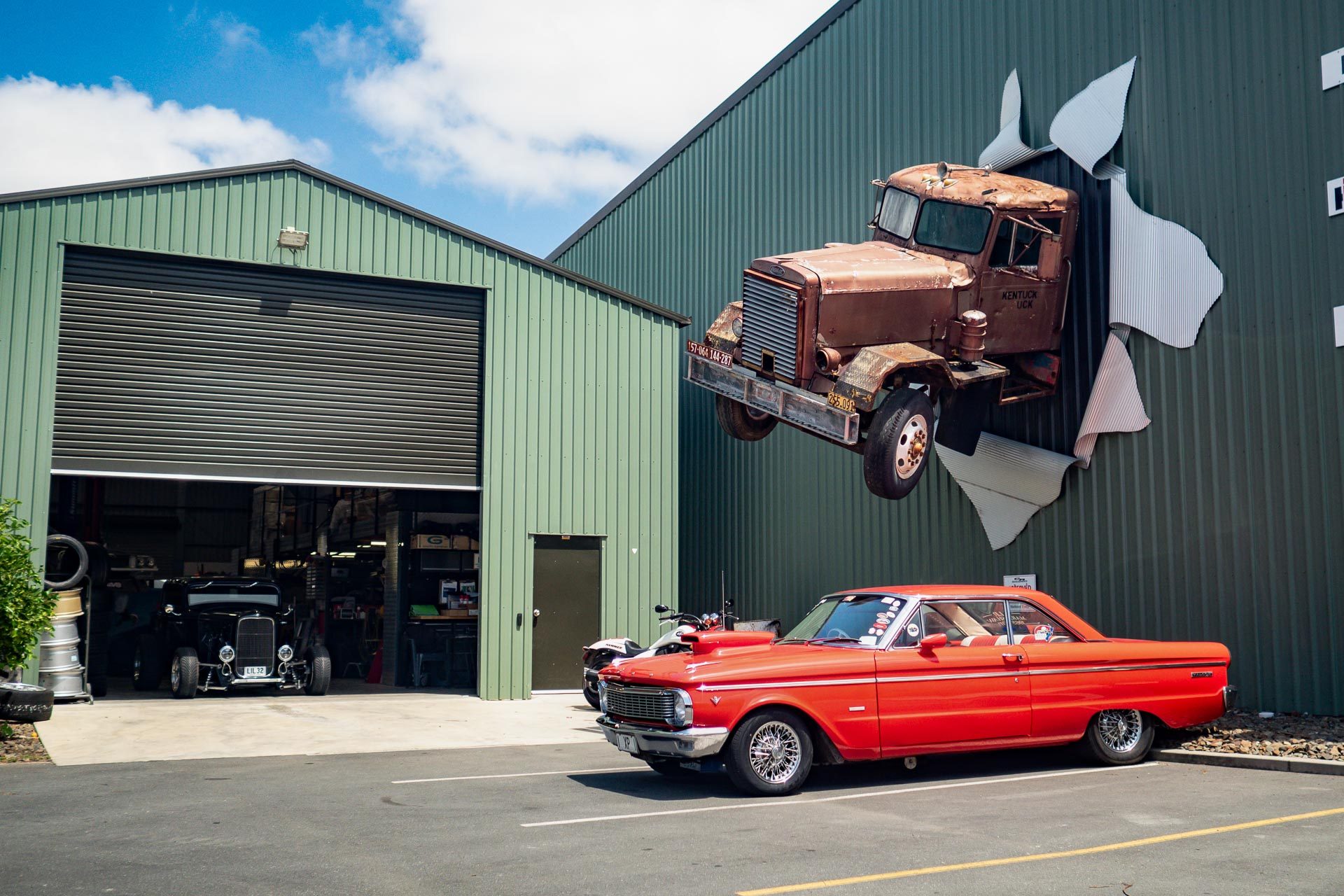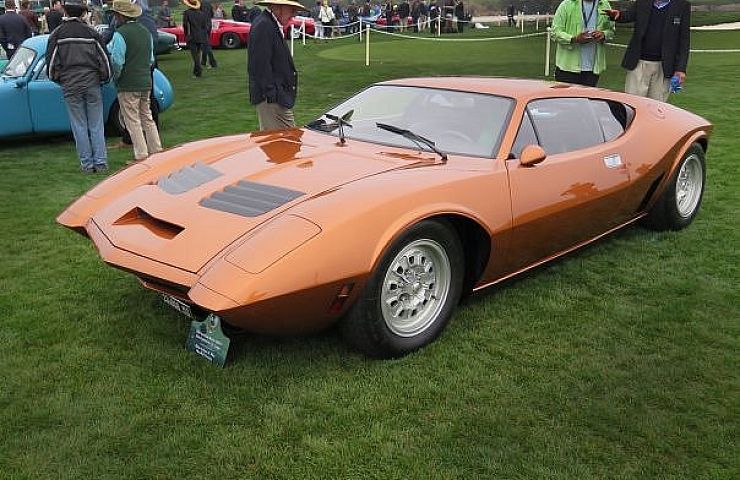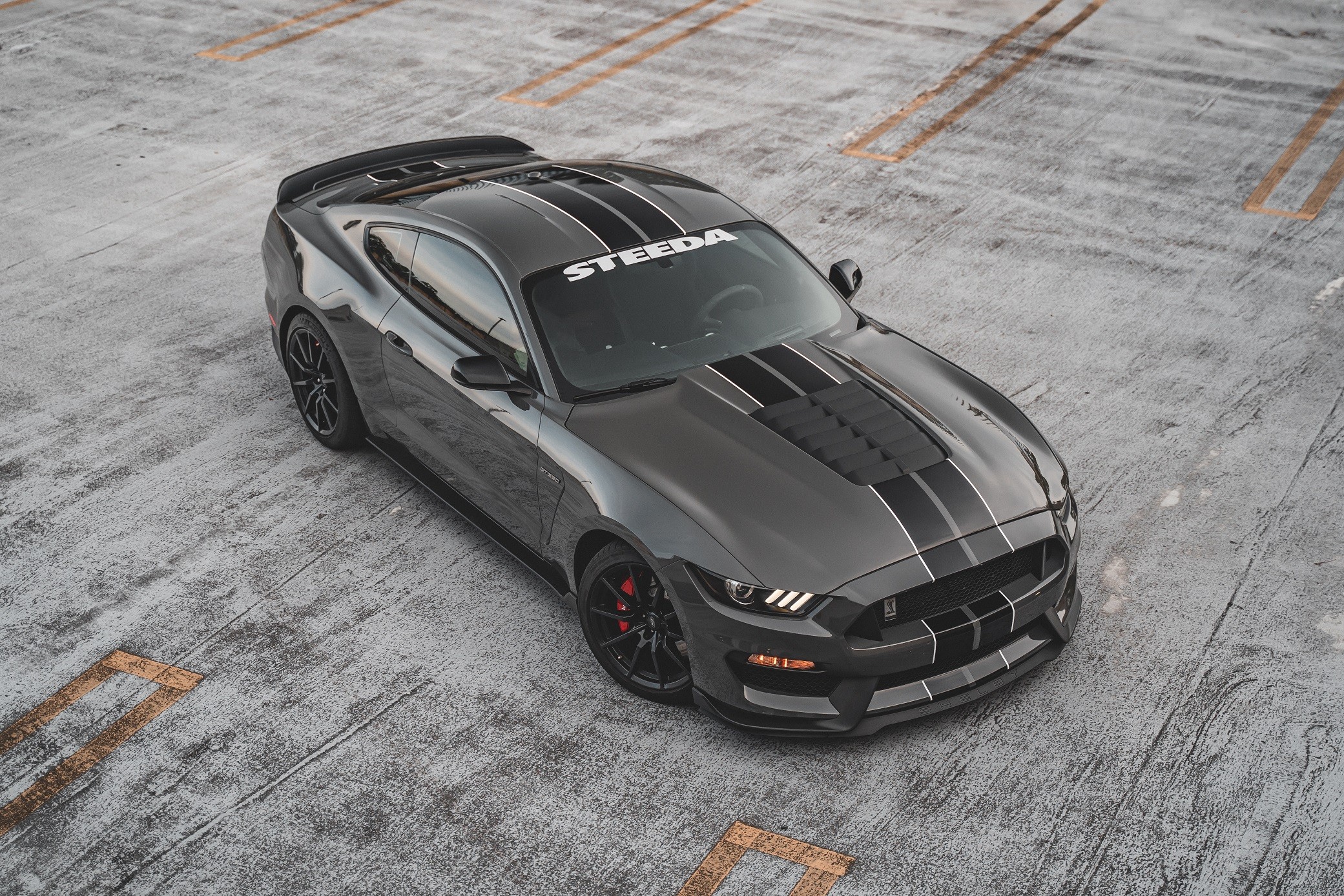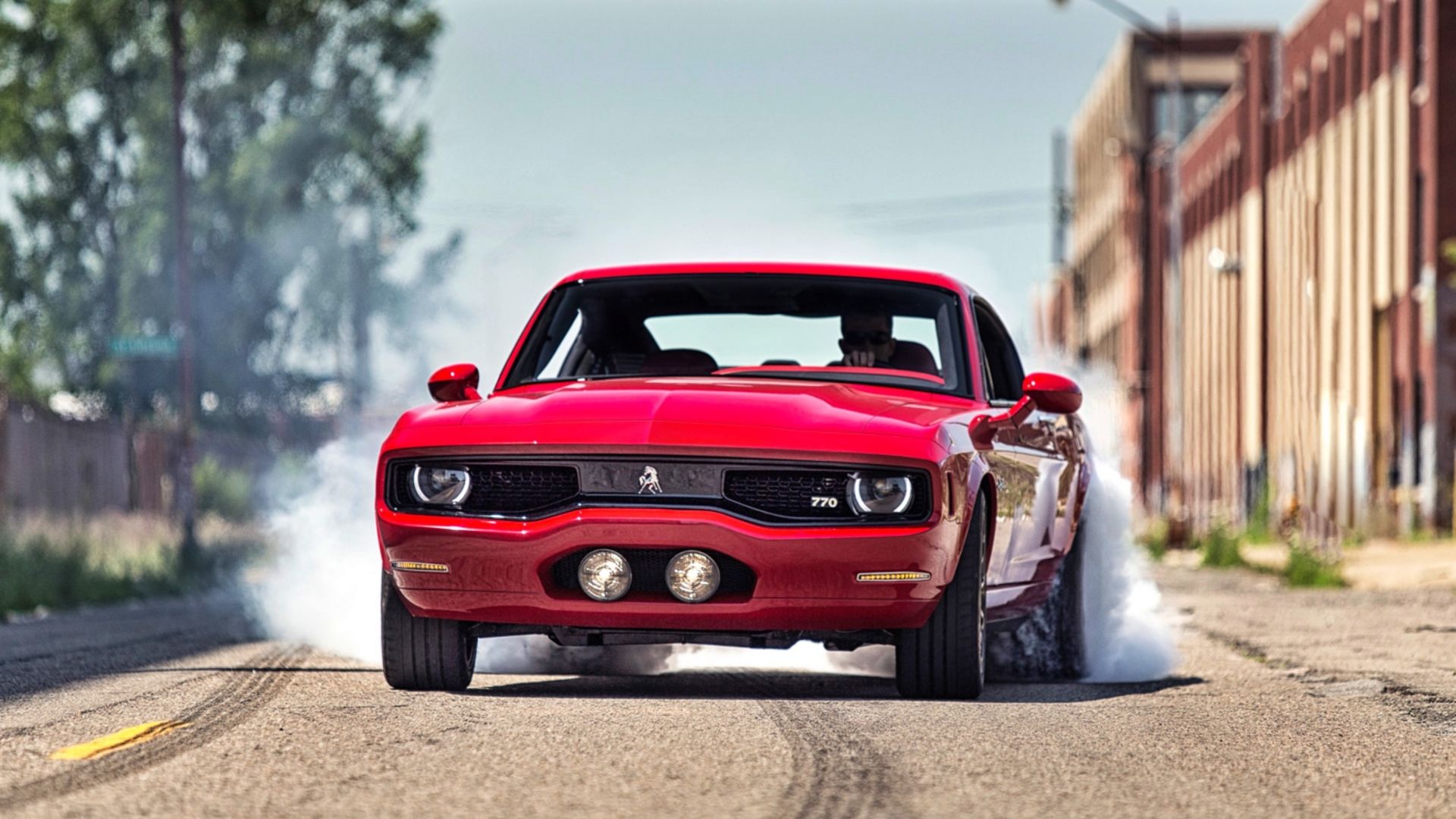Occasionally I am asked what are the differences between a Formula 1 and Champ Car chassis. Yet how many people really know what a Champ Car is? (As I’m frequently asked to explain what they are)
Unfortunately the majority of today’s non-racing savvy public only knows what “RASSCAR” (Nextel Cup) is… So my simple answer is: Do you know the cars that run at the Indianapolis 500? Those are “Indycars,” which a Champ Car loosely resembles.
Although technically speaking, the Indy 500 is the sole domain of the Indy Racing League, which is NOT Champ Cars. This is due to the current state of Open Wheel racing having been divided between two opposing sanctioning bodies when the CART-IRL split occurred back in 1996…
The most noticeable visual difference between a Champ Car and IRL chassis is the rear engine cowling. Champ Cars being turbocharged do not utilize an overhead airbox. IRL cars feature a “Formula 1-esque” airbox to ram air into the engines induction buried inside the carbon fibre enclosure…
And yet this year’s brand new Panoz DP-01 Champ Car will appear to be a hybrid of the series former Lola B2K chassis and a current spec Formula 1 contender with its new front wing treatment. The new Panoz will also utilize similar F1 steering wheel mounted paddle shifting and a host of new electronic engine management features including the removal of the ubiquitous “pop-off” valve…
Providing an interesting twist on the subject of Open Wheel racing cars terminal velocity was the announcement that F1’s BAR-Honda would attack the Bonneville Salt Flats in October 2006 in an effort to break 400kph…
Further details were gleamed while watching last July’s Formula 1 Qualifying at Silverstone. (Sat, 7/09/06) when the SPEED Channel’s Bob Varsha made some interesting comments during the 5AM broadcast.
Varsha noted that the BAR-Honda “jalopy” was expected to “max-out” at 250+mph running a modified Formula 1 chassis with front and rear wings removed and utilizing a parachute…
This leads back to another question I’m often asked: Which is faster: “The chicken or the egg. The Coyote or the Road Runner?” ERR, Formula 1 or “chUmp carZs?”
This naturally leads to a comparison of rival machinery. The 2005 BAR-Honda 007 chassis is propelled by a 3.0 liter normally aspirated V-10,
rumoured to be producing 955bhp @ 19,200RPM’s… Yet in July 2005, BAR-Honda was in LAST place of the F1 Constructor’s standings.
Meanwhile the ’05 Champ Car, the Lola/Cosworth 2.65 liter turbocharged V-8 was producing 750bhp @ 37″ of boost. Utilizing Cosworth’s “Push-to Pass” technology allows drivers 60 seconds of “turbo boost” creating an extra 50bhp to be applied for a maximum output of 800bhp.
During the waning years of Factory backed Champ Car (CART) racing, engines were fast approaching 900bhp. And in 2000 Gil de Ferran recorded Honda’s fifth consecutive CART Drivers’ championship while setting a new world closed-course speed record of 241.428 mph at California Speedway. (Fontana, CA: 2.5 mile Tri-Oval)
Meanwhile the F1 circus has hit “terminal velocity” speeds of 221+ mph along the front straight of Indianapolis while making the long blast down the straightaway by running full throttle for 21 seconds… (Prior to the 2005 Michelin tire DEBACLE!!! Fortunately I was attending the Portland GI Joes Champ Car race instead…)
This was prior to Formula 1’s engine downsizing from 3.0 liter Normally Aspirated V-10’s to 2.4 liter V-8’s by lopping off two cylinders in an effort to reduce power outputs which were threatening to exceed 1,000bhp!
This had occurred in the mid 1980’s during F1’s Turbo era which had seen 1,100+ bhp during qualifying from the tiny 1.5 liter inline 4’s and V-6 twin turbocharged motors. The spiraling horsepower increases led to the FIA (Formula 1’s sanctioning body) choosing to return to normally aspirated engines with the introduction of 3.5 liter maximum displacement in 1989, with a reduction to 3.0 liters in 1990… (This engine formula stayed in place from 1990 to 2005)
The all time monsters were known as Can Am, which raced from 1966-1974. This saw the evolution of the all-conquering German Panzer, otherwise known as the Porsche 917/30 whose flat 12 turbocharged motor was rumoured to exceed 1,300bhp…
Yet In the mid-90’s Porsche’s direct descendant of the 917’s: The 956’s followed by the dominant 962’s vs. Jaguar XJR’s (Lemans prototypes) were both blasting down the 3.0 mile Mulsane straight just shy of 250mph. (246+ mph) This led to the addition of two chicanes being added to carve up the straightaway…
Of course top speed is simply relative to the vehicles application…
On Oct. 15, 1997 the British Thrust SSC became the first jet powered “automobile” to break the speed of SOUND! (Mach 1) The dual engine land jet blasted to a two way average speed of 766.609 mph…
And just where do the boundaries of ultimate speed end?
For example, the Lockheed SR-71 flies FASTER then a speeding bullet (3,000 mph), while the XB-70 Valkerie broke ALL records with a top speed of Mach 5! (3,700+ mph)
So which is ultimately faster: Formula 1 or Champ Cars? Unfortunately this will NEVER truly be answered as the two different forms of Open Wheel cruise missiles adhere to different engine formulas, rules packages, different tires, weights, fuels, gear ratios, etc. And the greatest limiting factor is the different aerodynamic rules enforced by Formula 1 vs. Champ Cars.
Even the racing is slightly different. While both race on traditional road circuits and apply the same “Point ‘N Squirt” theory of racing. F1 chassis are more suited towards outright acceleration from corner to corner while Champ Cars were able to reach higher top speeds while continuously circling the banked super speedway ovals during the late 1990’s or as exhibited by today’s running of the Indy 500…
Yet during the 2006 Champ Car World Series raced at Montreal’s Circuit Gilles Villenuve, site of the Canadian Formula 1 race, their lap times were nearly 7 seconds SLOWER then the F1 cars… (Lap Time Comparison: F1 = 1:14.942 vs. Champ Car = 1:21.856)






More Stories
Are Thumpstar Pit Bikes Reliable?
Subaru Impreza – What’s Latest for 2012?
Two Brothers Racing – Evolution of a Motorcycle Exhaust Manufacturer